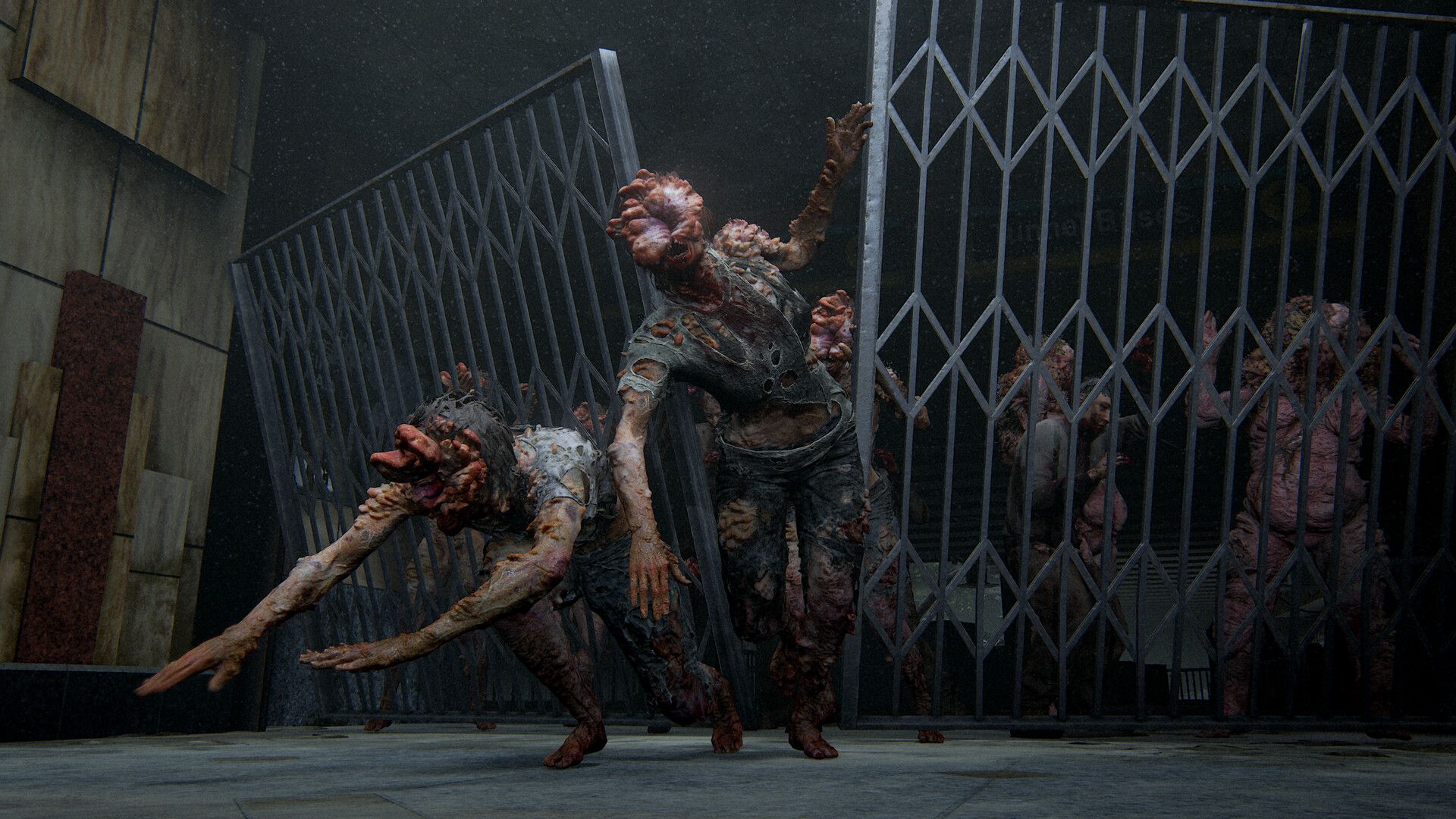
Reinforcement Learning: A Guide to Building Smarter Chatbots
medium.com
Reinforcement Learning: A Guide to Building Smarter Chatbots4 min readJust now--Reinforcement Learning (RL) is a type of machine learning where an agent learns to make the best decisions by interacting with its environment. This article explains RL step by step, discusses its advantages and challenges, describes its system architecture and flow, and shows a practical example in chatbot development. At the end, youll also find an explanation in very simple baby language for quick understanding.1. What Is Reinforcement Learning?Reinforcement Learning is all about learning by doing. Instead of being told what the right answer is, an RL agent learns by trying different actions and receiving rewards or penalties. The goal is to maximize the total reward over time.Key Idea:The agent explores the environment.It receives feedback (reward or punishment).It updates its strategy (policy) to perform better in the future.2. Pros and Cons of Reinforcement LearningProsAdaptive Learning: The agent learns and adjusts based on experiences.Autonomy: Once trained, the system can work on its own.Innovative Solutions: RL can sometimes find new strategies that are not obvious to human designers.Scalable: Suitable for both small tasks and complex problems like robotics or finance.ConsData Intensive: Requires many trials and interactions to learn effectively.Stability Issues: Learning can be unstable, needing careful tuning.Generalization Limits: An agent might perform well in one setting but struggle in new or varied environments.Exploration vs. Exploitation: Finding the right balance between trying new actions and using known successful ones is challenging.3. Architecture of a Reinforcement Learning SystemAn RL system usually consists of the following components:Agent: The decision-maker that interacts with the environment.Environment: The world or system the agent interacts with (e.g., a chatbot service).State: The current situation or context the agent is in.Action: The decisions or moves the agent can take.Reward Signal: Feedback provided by the environment after an action.Policy: A strategy that maps states to actions.Value Function: A measure of how good a particular state or action is over time.4. The Flow of Reinforcement LearningThe process typically follows these steps:Initialization: The agent starts with an initial, often random, strategy.Observation: It observes the current state of the environment.Action Selection: It picks an action based on its current policy.Feedback: The environment responds with a new state and a reward.Learning: The agent adjusts its policy based on the reward.Iteration: This cycle repeats until the agents strategy becomes optimal.5. Real-World Example: Building a ChatbotImagine you are building a chatbot to provide academic information at a university. Heres how RL can be applied:Step-by-Step Chatbot ExampleDefine the Environment:The chatbot interacts with students who ask questions.The environment consists of the database of academic procedures (e.g., how to apply for a scholarship or register for classes).Set Up the Agent:The agent (chatbot) starts with a basic set of responses.It uses an RL algorithm (e.g., Q-learning or a Deep Q-Network) to improve over time.2. Initial Interaction:When a student asks a question, the chatbot selects an answer based on its current policy.For example, if a student asks, How do I apply for a scholarship? the chatbot gives its best guess3. Receive Feedback:If the student finds the answer helpful, the chatbot receives a positive reward.If the answer is not helpful, a negative reward is given.4. Policy Update:The chatbot uses this reward information to adjust its strategy.Over time, it learns to provide more accurate and helpful responses.5. Continuous Improvement:With each interaction, the chatbot refines its responses, leading to a better user experience and more effective academic information delivery.6. Explanation in Baby LanguageImagine you have a little robot friend who learns by playing a game.Robot Friend: This is like our RL agent.Playground: The playground is the environment where the robot plays.Try and Learn: Every time the robot tries a new move (action), someone claps (reward) if its good, or shakes their head (punishment) if its not.Getting Better: The robot listens to the claps and head shakes. Soon, it learns which moves make people clap a lot!Chatbot Example: Now, imagine the robot is a talking friend who helps answer questions. At first, it might say funny things, but as it hears more claps (good responses) and head shakes (bad responses), it learns to give better answers.7. ConclusionReinforcement Learning is a dynamic and powerful method that enables systems such as chatbots to learn from their interactions and improve over time. While it has challenges like requiring many interactions and careful tuning, its ability to adapt and find innovative solutions makes it a promising approach for a wide range of applications. In the context of chatbot development, RL helps create systems that not only respond to queries but also continuously learn to provide more accurate and helpful information.By understanding the architecture and flow of RL, and seeing a real-life application in building an academic chatbot, you can appreciate both the complexity and the potential of this technology. And if you ever need a really simple explanation, just remember: its like a little robot friend learning from claps and head shakes to become super smart!BonusRelateable Meme Right Now . Source : https://medium.com/nybles/understanding-machine-learning-through-memes-4580b67527bf
0 Reacties
·0 aandelen
·21 Views










